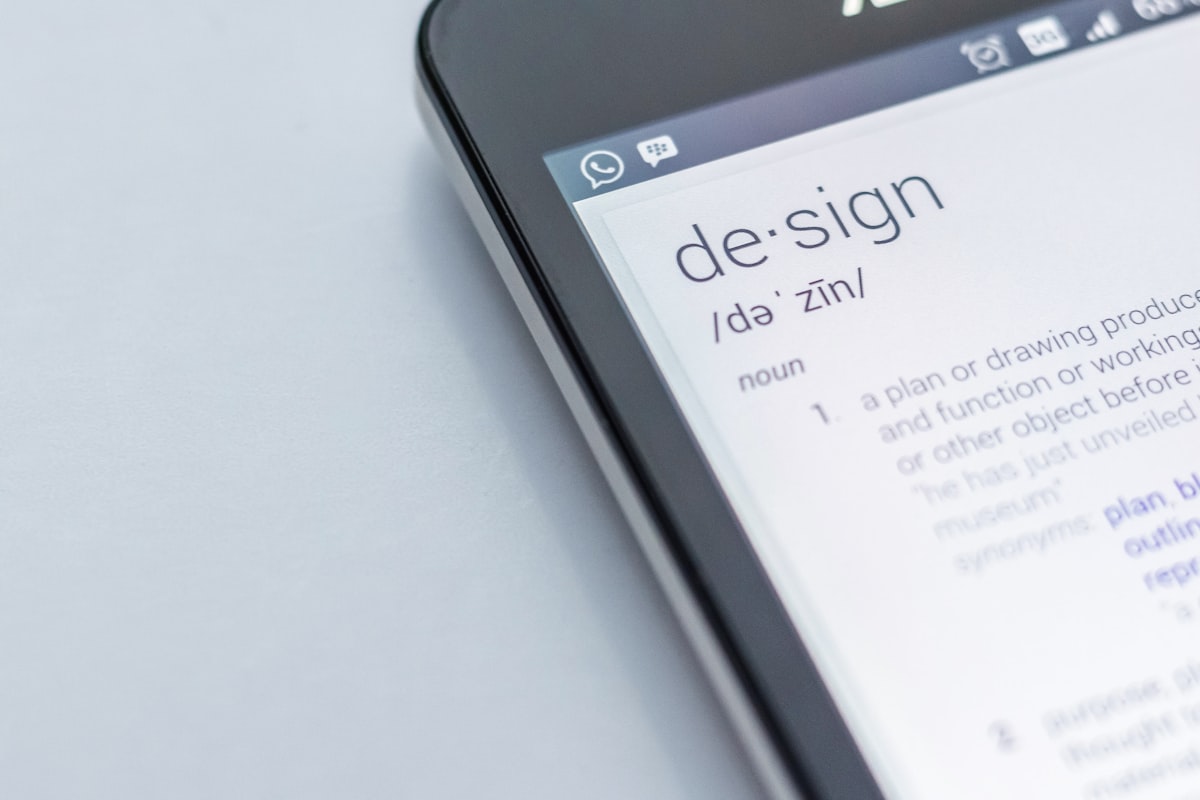Web Security Best Practices: Protecting Your Website and Users

Web Security Best Practices: Protecting Your Website and Users
In today’s world, web security is more important than ever. With cyberattacks becoming increasingly sophisticated and frequent, it’s essential for businesses and website owners to take the necessary steps to protect their websites and users from potential threats. While there are many different aspects to consider, here are some essential web security best practices for protecting your website and users.
Introduction
Web security is the practice of protecting websites and networks from malicious attacks, breaches, and other cyber threats. It involves implementing various measures to ensure that data, services, and communication remain secure and protected from unauthorized access, exploitation, or misuse. With the rising frequency of cyberattacks, it’s important for website owners and businesses to take the necessary steps to protect their websites and users from potential threats.
In this article, we’ll discuss the web security best practices for protecting your website and users. We’ll cover topics such as domain name security, firewall protection, secure hosting services, HTTPS protocol, security plugins, verifying user identity, Two-factor authentication, user data security, and secure user passwords.
Protecting Your Website
The first step in protecting your website is to ensure that your domain name is secure. Make sure that you’ve registered your domain name with a reputable registrar and that the contact information connected to the domain name is up to date. This will help protect your domain name from being transferred to unauthorized parties.
It’s also important to use a reliable firewall to protect your website from potential attacks. Firewalls are designed to detect and block malicious traffic before it reaches your website. This will help protect your website from a variety of cyber threats, including malicious code, viruses, and malware.
When choosing a hosting provider, make sure that they offer secure hosting services. Look for hosting providers that offer Secure Sockets Layer (SSL) certificates, malware scanning and removal services, and DDoS protection. These services will help ensure that your website is protected from potential threats.
It’s also important to ensure that your website is using the HTTPS protocol. HTTPS is a secure version of the HTTP protocol and is used to protect data sent between a web server and a browser. Additionally, using HTTPS will also help boost your website’s search engine rankings.
Finally, it’s a good idea to use security plugins to protect your website. Security plugins can help detect and block malicious traffic and protect your website from potential threats. Additionally, many security plugins also offer features such as malware scanning and removal, two-factor authentication, and user data encryption.
Protecting Users
In addition to protecting your website, it’s also important to take steps to protect your users. The first step is to verify the identity of your users. This can be done by implementing a verification process that requires users to provide a valid email address and/or phone number. Additionally, you should also consider using an identity verification service to ensure that the users are who they say they are.
You should also consider implementing two-factor authentication for your users. Two-factor authentication is a security feature that requires users to enter an additional code or password in addition to their username and password. This extra layer of security will help protect your users’ accounts from potential threats.
It’s also important to protect user data. Make sure that the data you store is encrypted and that you have a secure process in place for handling user data. Additionally, you should also consider using a data loss prevention (DLP) system to ensure that user data is never shared without their consent.
Finally, make sure that your users are using secure passwords. Encourage your users to use strong passwords that are difficult to guess, and remind them to change their passwords regularly. Additionally, you should consider using a password manager to help your users create and store secure passwords.
Conclusion
In conclusion, web security is a critical component of any website. By taking the necessary steps to protect your website and users, you can ensure that your website and data remain secure and protected from potential threats. Some of the web security best practices for protecting your website and users include domain name security, firewall protection, secure hosting services, HTTPS protocol, security plugins, verifying user identity, two-factor authentication, user data security, and secure user passwords.
By implementing these best practices, you can ensure that your website and users are safe and secure. Additionally, it’s important to stay up to date on the latest web security trends and technologies to ensure that you’re always taking the necessary steps to protect your website and users.
